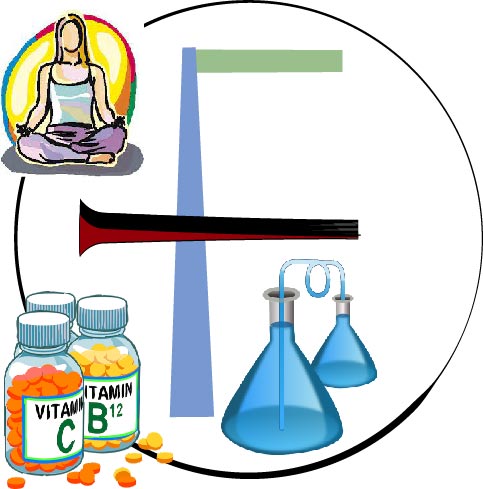
Complexometric titration, also known as chelatometry, is a type of volumetric analysis that relies on the formation of a colored complex to indicate the endpoint of a titration. This method is particularly useful for determining the concentration of metal ions in a solution, especially in mixtures.
Here’s a breakdown of its key aspects:
Principle
The fundamental principle of complexometric titration involves the reaction between a metal ion (acting as a Lewis acid) and a complexing agent, or ligand (acting as a Lewis base), to form a stable, soluble complex. The most widely used complexing agent is Ethylenediaminetetraacetic acid (EDTA), due to its ability to form stable, 1:1 complexes with a wide range of metal ions.
Key requirements for a successful complexometric titration include:
* Rapid equilibrium: The reaction between the metal ion and the titrant (e.g., EDTA) must reach equilibrium quickly after each addition.
* Stable complex formation: The complex formed must be sufficiently stable to ensure a sharp endpoint.
* Absence of interfering reactions: Side reactions, such as the stepwise formation of multiple complexes, should not occur to avoid ambiguous endpoints.
* Suitable indicator: A complexometric indicator (also known as a metallochromic indicator) capable of producing a distinct color change at the equivalence point is crucial.
Indicators
Complexometric indicators are organic dyes that form a weak, colored complex with the metal ions being titrated. They exhibit a different color when they are free in solution compared to when they are complexed with the metal ion. At the equivalence point, the titrant (e.g., EDTA) displaces the indicator from the metal ion, causing a sharp color change that signals the endpoint.
Common examples of complexometric indicators include:
* Eriochrome Black T (EBT): Changes from pink (when complexed with \text{Ca}^{2+} or \text{Mg}^{2+}) to blue (free indicator) at the endpoint.
* Calmagite: Similar to EBT, also changes from pink to blue.
* Murexide: Used for calcium and rare earths, and also for copper, nickel, cobalt, and thorium.
* Xylenol orange: Used for gallium, indium, and scandium.
* Fast Sulphon Black: Used for copper.
Types of Complexometric Titration
There are several types of complexometric titrations, each suited for different analytical situations:
* Direct Titration: The simplest method, where the metal ion solution is directly titrated with a standard solution of the complexing agent (e.g., EDTA). This is used when the metal ion readily forms a stable complex and a suitable indicator is available.
* Back Titration: Used when direct titration is difficult (e.g., slow reaction, unclear endpoint, or when the analyte precipitates). An excess of the standard complexing agent is added to the metal ion solution, and the unreacted excess is then titrated with a standard solution of a second metal ion (e.g., \text{Zn}^{2+} or \text{Mg}^{2+}).
* Replacement (or Substitution) Titration: Employed when the analyte metal ion does not form a stable complex with the complexing agent or when a direct indicator is not available. A metal ion that forms a stable complex with the complexing agent (and has a suitable indicator) is added to displace the analyte metal ions.
* Indirect Titration: Used to determine ions that do not directly react with the complexing agent. For example, some anions can be precipitated with a metal ion, and then the excess metal ion can be titrated using complexometry.
Applications
Complexometric titrations have wide-ranging applications in various fields:
* Water Hardness Determination: A very common application, used to measure the concentration of calcium (\text{Ca}^{2+}) and magnesium (\text{Mg}^{2+}) ions in water samples.
* Pharmaceutical Analysis: Used to determine the metal content in drugs, medications, and other pharmaceutical products, ensuring their quality and safety.
* Environmental Analysis: For measuring concentrations of various metal ions in environmental samples (e.g., soil, water, industrial effluents) to monitor pollution levels.
* Food Analysis: To determine the concentration of metal ions in food samples, which can impact safety and nutritional value.
* Biological Samples: Used in clinical chemistry to determine metal ion concentrations in biological fluids like blood and urine, which can be indicative of certain diseases or disorders.
* Industrial Chemistry: For quality control and analysis in various industries, such as the cosmetic industry (e.g., determining titanium dioxide content).
In summary, complexometric titration is a versatile and important analytical technique for the quantitative determination of metal ions, offering accuracy and precision for a wide array of applications.
